Did We Ruin Music Before AI Got the Chance To?
AI
General

The Start
Creative Director at The Start
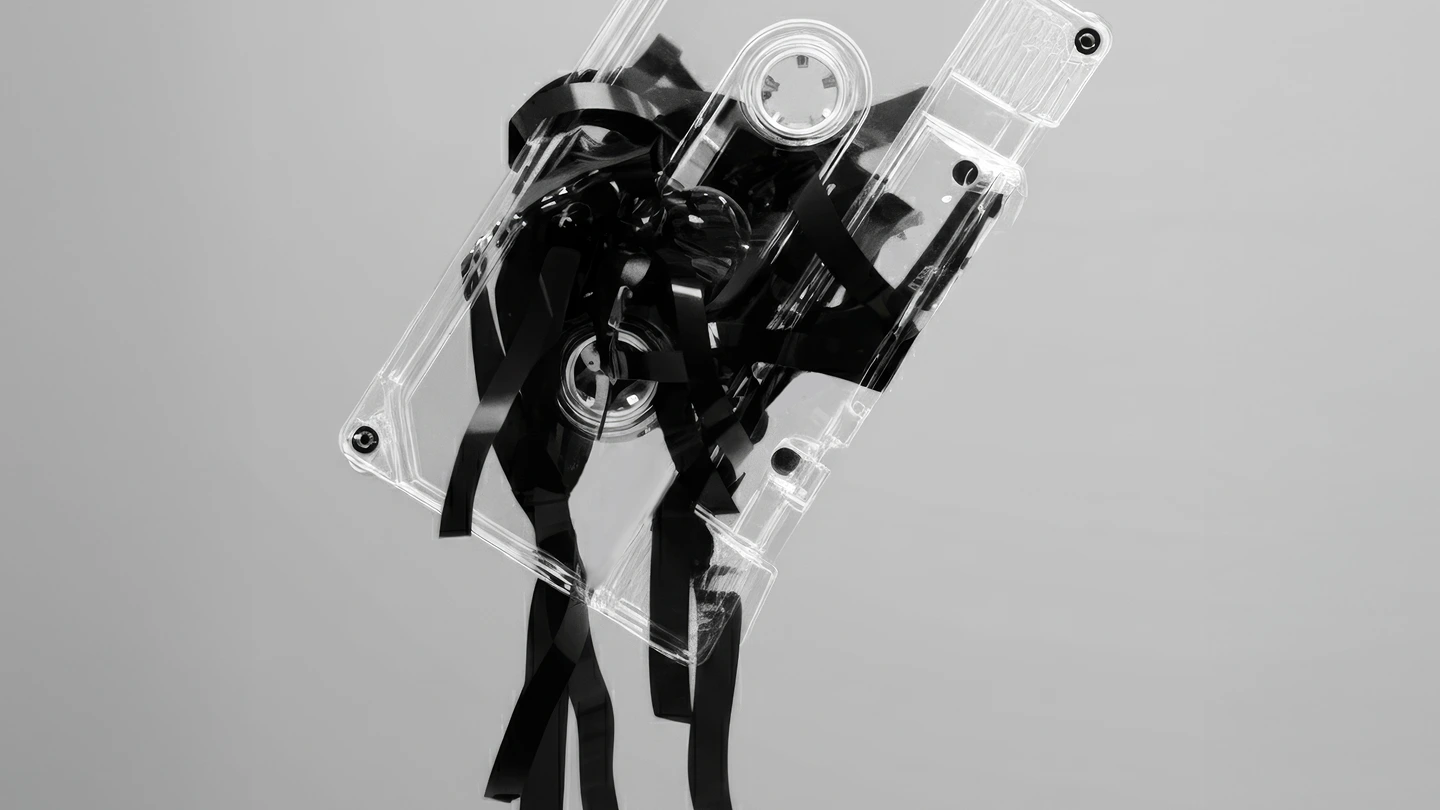
Forget left vs right, rich vs poor, Pepsi vs Coke. There’s a new cultural fault line threatening art, culture and arguably our trust in whats real. AI-generated music is here, and it’s coming for our kids. Probably.
The AI revolution over the past five years has turned tasks that once took days into hours, and it’s crept from doing the jobs we don’t like to the ones we do. Of all the creative territories AI has wandered into, music seems to be the most sacred, and the most hated.
Its arrival has split people into three main parties. The first shrugs, sighs, and hangs up their guitar. The second wields pitchforks and torches outside Spotify and Suno’s headquarters. The third keeps creating in the face of whatever musical slop is being pushed to them at the time, until they make something unmistakably ‘human’ again.
While it’s an easy scapegoat for the steady erosion of art, we believe a bigger stone is being left unturned. Not whether AI music is wrong, or unethical, or should be banned, but how we let it all get to this point in the first place.
At the risk of our office being fire-bombed or graffitied, we’re going there. And we’re doing it as certified (human) music lovers, curious experimenters of AI, and realists who believe that before we point fingers or cry foul, someone has to ask the questions everyone else is avoiding.
The democratisation of music
Music has always shaped how people dress, talk, and think. It’s the art form that almost everyone feels some connection to. A teenager buying a guitar after hearing Gilmour’s Comfortably Numb solo, a straight-edge office worker getting a mod cut after discovering The Jam, a memory forged by Tears for Fears playing in the background.
For generations, music gave people identity. A way to belong to something bigger and express it outwardly. It’s built subcultures, and in doing so, it’s built culture itself.
“Without music to decorate it, time is just a bunch of boring production deadlines or dates by which bills must be paid.”
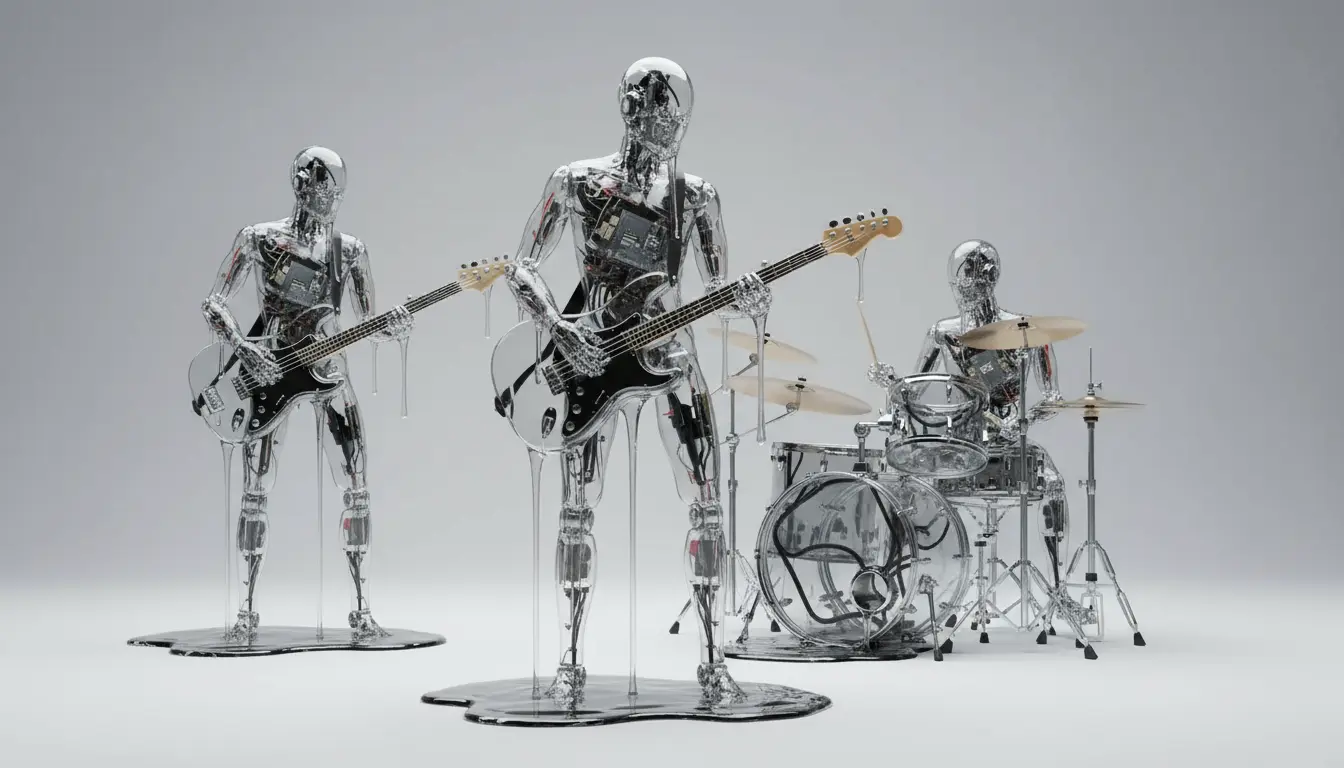
The modern antichrist of that, perhaps, is pop music. Music that has been curated and sold to the masses because it demands less from its audience. It doesn’t ask you to lean politically, or question your worldview, or move in a questionable fashion. It’s made to survive. Background noise for long commutes, Zara change rooms, and public pools.
But pop wasn’t always this way. The term “popular music” once meant something new, fresh, and unifying. Elvis, The Beatles, Aretha Franklin, The Beach Boys – these artists changed the world because they were accessible and revolutionary. Record labels couldn’t afford to be flat footed on what the sound of tomorrow might be. Artists still had a say in what reached the masses, and those who resisted conformity became “alternative.” – music made for its own sake, not for consumption or profit.
Somewhere along the way, pop lost that spirit. It became interchangeable – mass-produced, industry-owned, and algorithmically perfected. Songs still play, but few care who’s singing them. This shift accelerated in the 2010s when streaming platforms like Spotify and SoundCloud made music instant and bottomless. With that access came dilution, and the lines between subcultures started to blur. A teenager today can talk Joy Division, Black Eyed Peas, and Sinatra in the same breath – and while independent scenes still thrive – punk’s, metalhead’s, jazz snobs – identity through music has undoubtedly never been more fluid.
This modern accessibility of music sounds great – until you consider how passively we consume it. Algorithms feed us what we should like, turning listening and discovery into the same mindless scroll we do on social media. We pick playlists by mood, vibe, or even the day of the week… music has been democratised to the point that there’s no need to know the artists behind the playlist soundtracking your workday.
The problem with Spotify’s streaming model doesn’t lie purely in the fact they underpay artists – it’s that they blur faces, widen the gap between an artist and their art, and cut into the benefits of a traditional fandom that should be supporting live touring and merch beyond the streams.
The uncomfortable truth is that when we embraced the way of modern music consumption and tech convenience, we’d already done most of the damage ourselves. AI might’ve just showed up to finish the job.
The boiling point
So, we’ve deduced there’s a lot of shit music out there. That’s nothing new. What’s changed is how little we seem to care. Distance from the artists, zero risk in discovery, no physical commitment – it’s easy to forget there’s a person behind the sound. Hopefully that’s not the most controversial thing said in this article.
AI music learns from human music. It can copy, blend, and imitate, but it can’t add anything new or create a #1 hit (yet). It just feeds more of the same back into the system. More slop, stacked on top of the slop we’ve already grown tolerant of. And in many cases, it’s just as good, if not better.
For those who still care about music, the influx of AI & algorithms have been easy enough to avoid. We still check who’s touring, buy the vinyl, build our playlists brick by brick. Early AI music experiments just started off as curiosities – “What if Oasis was BB King?” “What if The 1975 were good?”.
But then, a few AI-generated “bands” started slipping through Spotify’s algorithm and landing on its big curated playlists. For many, that was the moment AI music stopped being a novelty and started feeling like it might be a genuine replacement for the real thing. More on that later.
At this point, AI music is just the logical end point of what the industry’s already been doing for years. Recycling proven formulas, reskinning them, and selling them back as something new. Which makes us wonder… maybe AI music isn’t the death of creativity, but a reminder of how much we need to protect it.
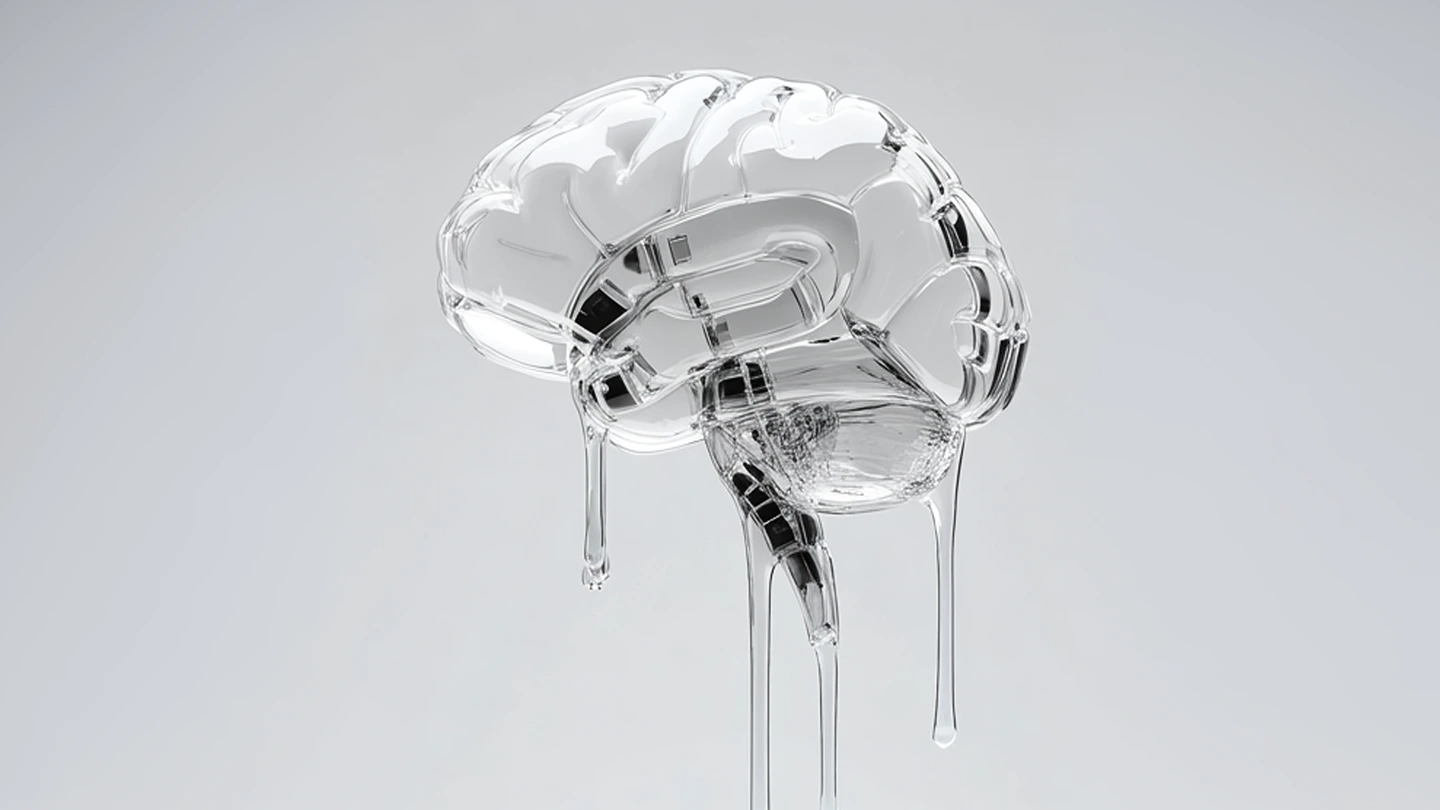
Ah, yes. Ethics.
We’re aware of the devil’s advocate role we’re playing here. But if we claim to care about music and culture (we do), we can’t ignore the obvious ethical mess sitting in the corner.
1. Something doesn’t quite feel right
We’ve talked about the mass production of music and how disposable it’s become, but there’s something especially dystopian about an AI band following Jimi Hendrix in a playlist. Take The Velvet Sundown – a completely AI-generated “band” that appeared on Spotify and, within weeks, racked up hundreds of thousands of monthly listeners.
How? Their sound hit every lowest-common-denominator note of ‘60s and ‘70s psych rock, mixed with the watered-down retro trends of the 2010s. It was convincing enough to slide into major Spotify playlists – one of them being “Vietnam War Music, followed by over 650,000 people.
So now we’ve got Dylan, Hendrix, and The Stones standing shoulder to shoulder with an AI claiming to have lived through the same timeline.
For anyone who cares about the cultural weight of those movements, it can start leaning into historical revision. The more this happens, the easier it becomes to forget where the real stuff came from. One day, someone will genuinely believe The Velvet Sundown opened for Clapton – honestly, they probably already do.
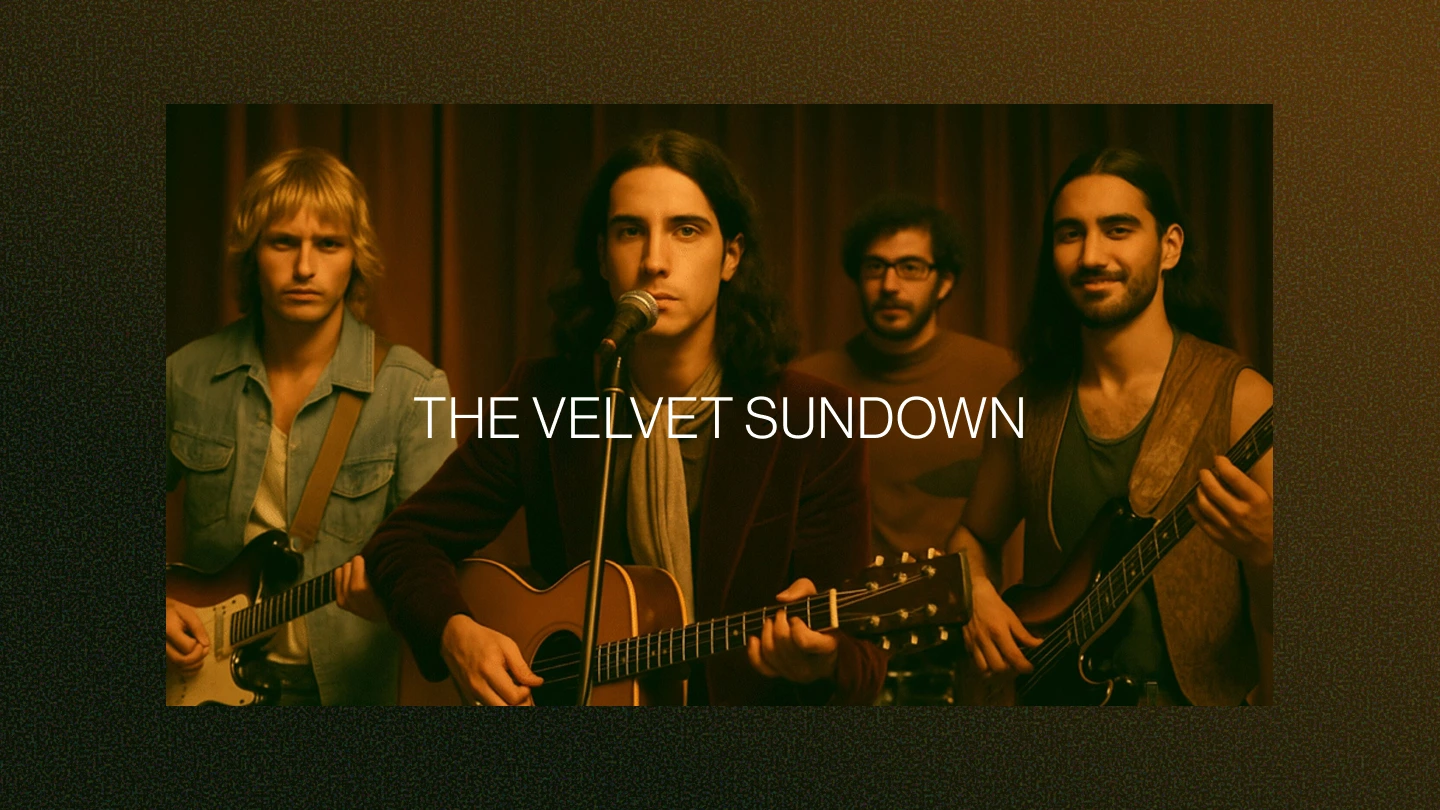
2. The money problem
Then there’s the money thing. Apart from an oddly high subscription or credit fee, AI tracks cost next to nothing to make, yet they’re set to earn the same revenue as human ones. The “artists” stay anonymous, and the labour is minimal. So where does the money go?
At least when a generic pop song clogs your feed, some of that revenue reaches real people – producers, session musicians, the odd indie artist who goes viral by accident. Even if that song’s built from pre-made loops or borrowed stems. Bear in mind, before we started rejecting AI music, we’d already accepted the idea of ‘pre-made’ music… samples treated like Lego blocks. Check out the video to your right for more on that.
But with AI music, the trail stops cold.
It’s no secret that Spotify isn’t particularly a fan of, well, any of their artists – so when a streaming platform itself controls the algorithms and has the incentive to fill them cheaply, it starts to feel less like conspiracy and more like strategy. Especially when doing so might help boost its shareholdings in… let’s say, less-than-musical industries.
3. What it means for artists
It’s easy to say, “Just make better music”, but it’s tone deaf and ignores reality. Artists are already doing it tough with pressures like cost of living, closing venues, collapsing festival circuits, and annual streaming revenue that wouldn’t buy them lunch. Now they’re competing with machines that don’t need time, money, or sleep.
The fear isn’t that AI will make better art (it is for some). It’s that it will make enough art to drown everything else out and devalue the people making it. People need time to create. They need jobs to survive. And right now, neither of those things leave much room for making music.
What is an artist in the age of AI?
Whether you like it or not, AI music is here. Each day it gets better at replicating what already exists, sometimes even surpassing the industry slop we’ve grown used to. For the companies profiting from that system, it’s direct competition. For artists making honest work and hoping to be fairly compensated, it’s a slower, subtler threat.
Having experimented extensively, we can say firsthand that AI music is far from a gimmick. It can mirror genres, recreate eras, and produce cover variants or ad-ready instrumentals in seconds. Say you had an itch to hear Fontaines’ mega-anthem ‘Startburster’ stripped back and reworked as a 1969 soul track – you could. In fact, you can. It’s right there on your right.
AI’s capabilities aren’t surprising anymore, although our collective reaction to them is.
We’re only now waking up to a music landscape that’s been diluted by major organisations and streaming platforms for years. It seems it took the idea of songs not being made by a human for people to finally care about the wellbeing of artists. But the truth is, this spiral started long before AI arrived. To blame it now is to ignore the systems we’ve already allowed to run wild.
The onus is on us to outthink what’s been trained on… us. To create with more intent than convenience. AI music is learnt from humans, and we shouldn’t be allowing it to lead. If anything, the challenge is now set – to prove that the difference still matters.
So what does an artist look like in ten years? Maybe part musician, part curator, someone with taste and intent. The technology will evolve, but the demand for something human won’t. It’s a tool, and like every tool, what comes out depends on who’s holding it.
AI will keep showing up everywhere. Before you shake your fist at a cloud like Abe Simpson, think about all the other places you already use it. When ChatGPT first landed, it felt like magic, now we spot the seams and find ourselves appreciating authentic human writing when we see it. The same goes for design, development, and music.
Taste and creativity have never mattered more, and getting worked up over the evolution of AI won’t solve the real problem at hand.
If we haven’t been clear enough already, we’ll finish with the words of renowned internet music critic Anthony Fantano:
“Y’all know this is just my opinion, right?”
Time for one more?
Back to the pulse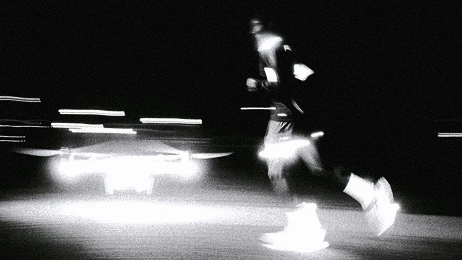
AI
General
Spotify, AI Killer Drones, and the Protest App That Hit #1
This is the story of how our Head of Innovation, Trav, built a satirical fitness app in response to Spotify's military funding, hit #1 on Product Hunt, and got rejected by Spotify. Read More